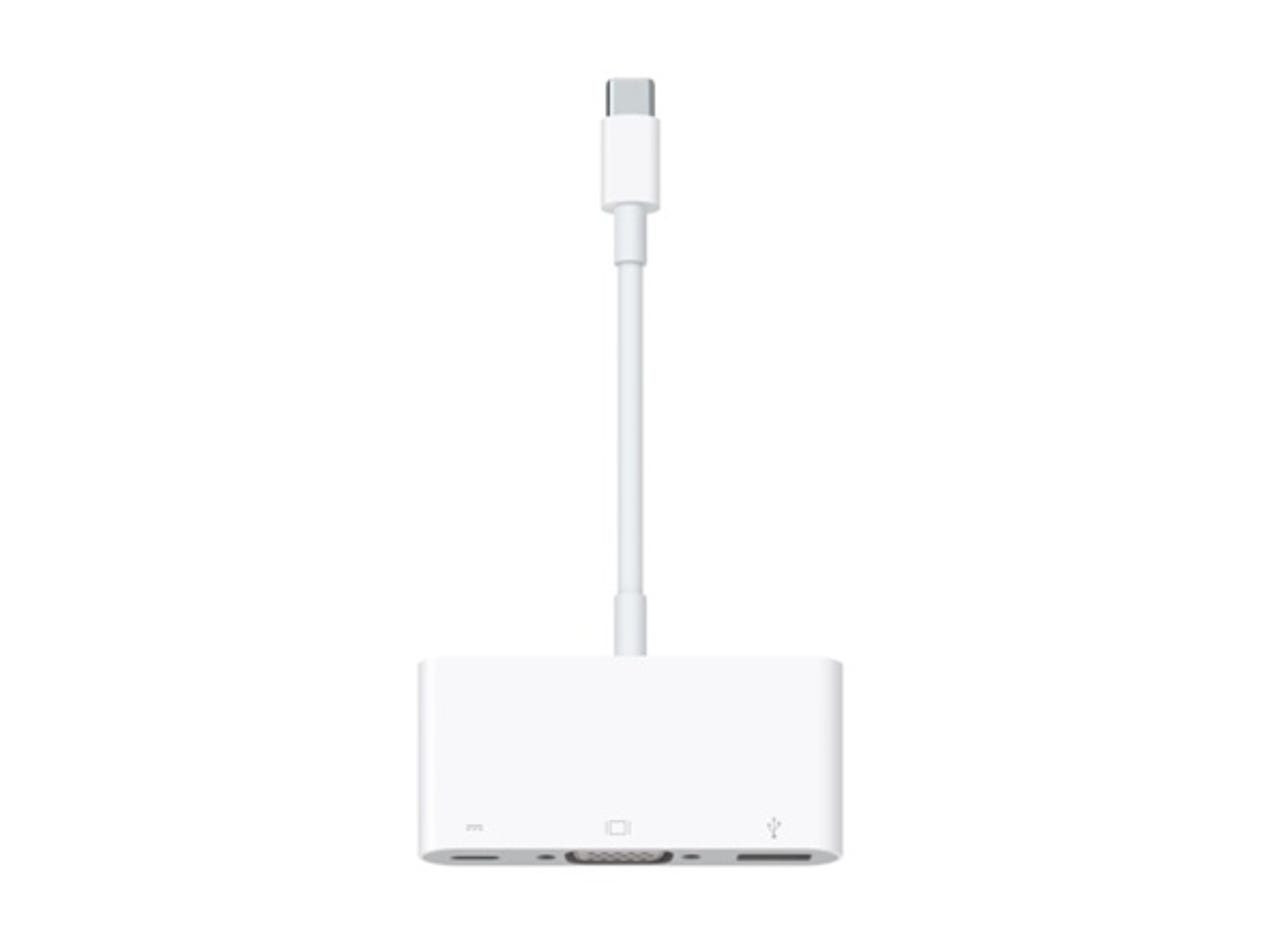Five years of Apple blunders, mistakes and missed opportunities


Dongles, dongles everywhere
Apple's pursuit for products that are thinner and lighter (not to mention products that are cheaper to manufacture) has meant that a number of ports have been eliminated over the past few years. But people still need those ports to connect their peripherals to their new Macs. This has meant a crazy proliferation of dongles in all shapes and sizes. And not only are these dongles expensive, they are a pain to carry around and mean that the new MacBook Pro is far from portable.
iPhone 5C
This was Apple's attempt at making a "Jelly Mac" iPhone and hoping that people would be drawn in by the brightly colored plastic. As it turned out, the iPhone 5C wasn't the "cheap" or "budget" iPhone that people were expecting, and despite what seemed to be a successful launch, Apple never released or update, and the iPhone 5S replaced it as the entry-level iPhone.
No touchscreen Mac
It's 2017 and Apple still doesn't have a Mac that includes what has now become a basic feature found on premium Windows laptops - a touchscreen. Apple's excuse for this is that the iPad fills this gap, but since the iPad can't run the applications that people run on their Macs, this reason doesn't hold water.
Touch Bar
Who asked for this? Seriously. Is it meant to fill a need until Apple makes a touchscreen Mac, or was it just something new to shove into the MacBook Pro so Apple would have something to talk about during the launch event?
Almost everyone I've spoken to who has the new MacBook Pro with Touch Bar either don't use it or have given up on it because it's clumsy to use.
Apple Watch
The Apple Watch seems to be one of those products that even Apple isn't sure what it is. The first-generation Apple Watch was clearly marketed as a fashion accessory, but as interest in it waned, it was morphed into a fitness device (despite not being waterproof, which is a basic feature you expect from a fitness device).
Waterproofing was added to the second-generation Apple Watch, but not much beyond that, and it remains little more than a second screen to display notifications on for people who can't be bothered to take their iPhone out of their pocket.
Letting the Mac line rot
I've spoken about this a lot over the past few years. Apple's Mac lineup has, in the matter of a few years, gone from high-end and cutting-edge to outdated and stale, with the company seemingly having forgotten that it has products such as the Mac mini, the Mac Pro, and the iMac on sale in its stores.
I mean seriously, who in their right mind would buy an iMac that hasn't seen an update in over 18-months, or a Mac mini that hasn't been touched in over two-and-a-half years?
iTunes
Apple prides itself on clever design and on being innovative, and yet it's the same company that continues to use iTunes as the focal point for its hardware and software ecosystem on Windows and Mac.
From making a local backup of your iPhone or iPad or watching a purchased movie on your desktop or laptop, you need iTunes. And if you've had any contact with this software, no matter how brief, you'll know what a convoluted, bloated, slow and unstable application it is.
Apple cables
What is it about Apple cables that make them so bad? How come they only seem to last about a year before they start fraying and coming apart? The company can build a computer that I can fit into my pocket, but it can't make a cable that will last the lifespan of that device?
C'mon Apple, you can do better than that!
If you have a frayed cord, I have a solution for you here.
Failing iPad
Much has been written about the iPad's story, a product that initially seemed set to become Apple's "next big thing" but seemed to lose steam after a few years and flounder.
Was it too expensive? Was it made obsolete by the larger iPhone Plus models? Or was it just a product that people realized they could live without?